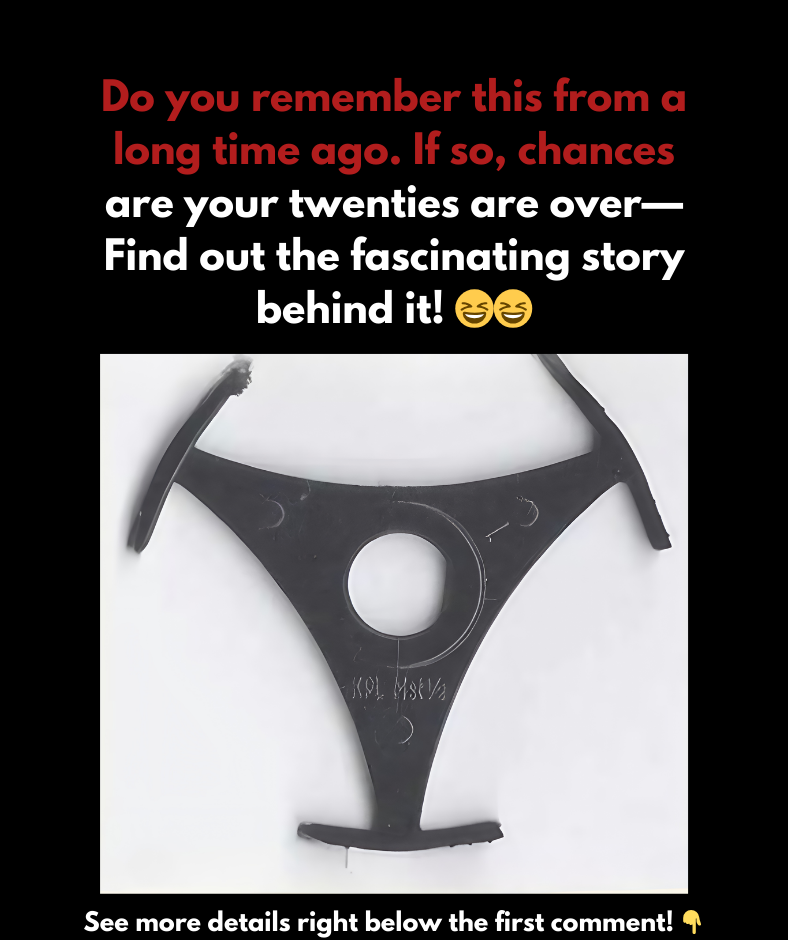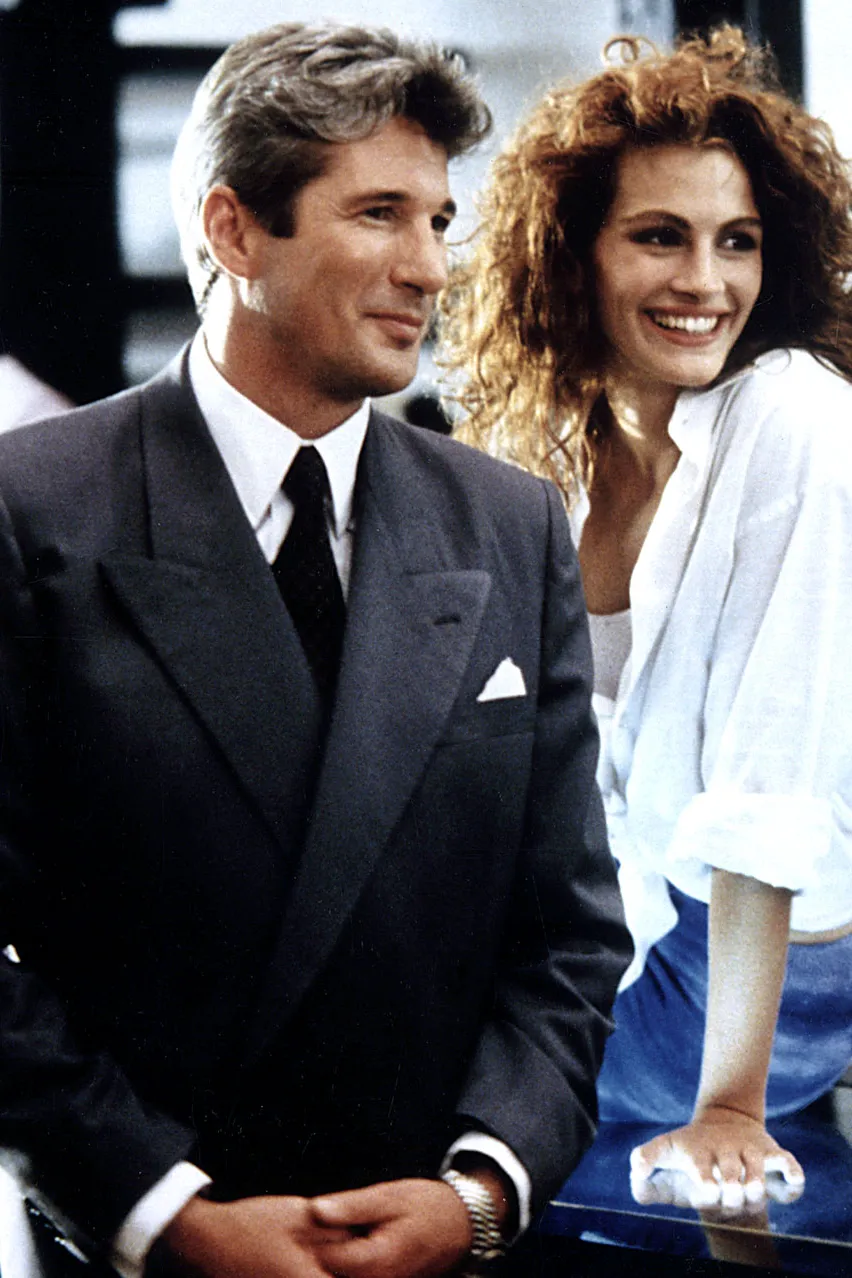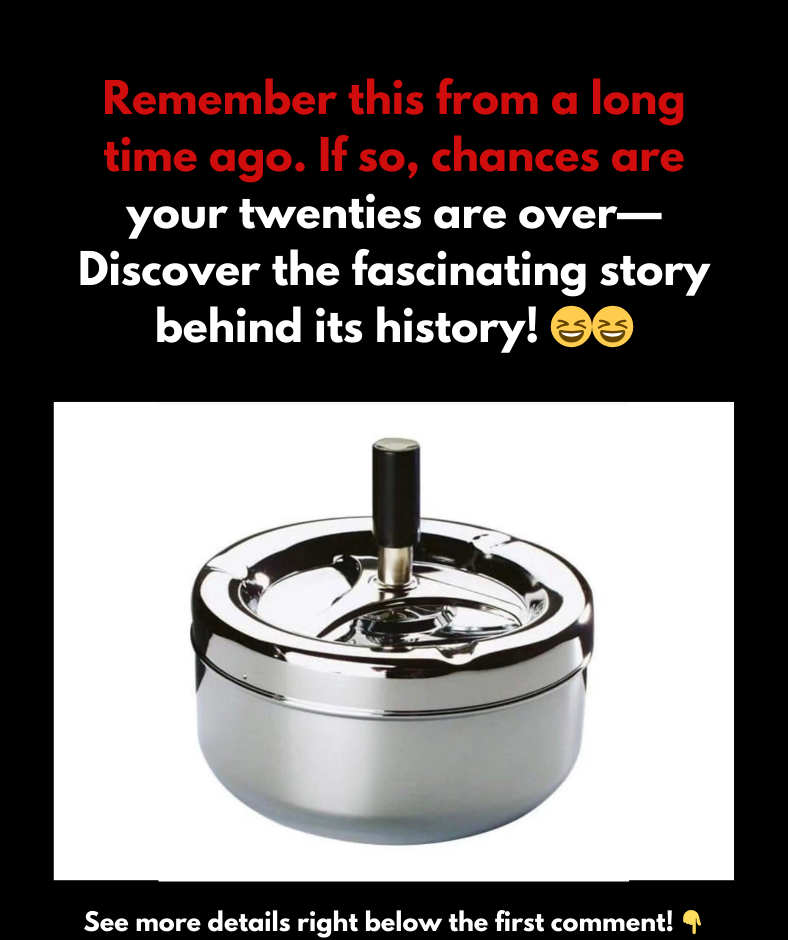Few shows capture the spirit and humor of classic television like The Dick Van Dyke Show. This beloved sitcom, set in the early 1960s, blended the world of work and home in an era when that wasn’t the norm. The show oscillated between the mod home of Rob and Laurie Petrie and the bustling office where Rob worked as a writer on the fictional Alan Brady Show. Created by the legendary Carl Reiner, the series showcased a world of comedic precision and attention to detail, making the set feel like a real creative space.
In this article, we’ll explore some lesser-known facts and fascinating elements that contributed to the realism and charm of The Dick Van Dyke Show.
1. A Realistic Office Set for the Times
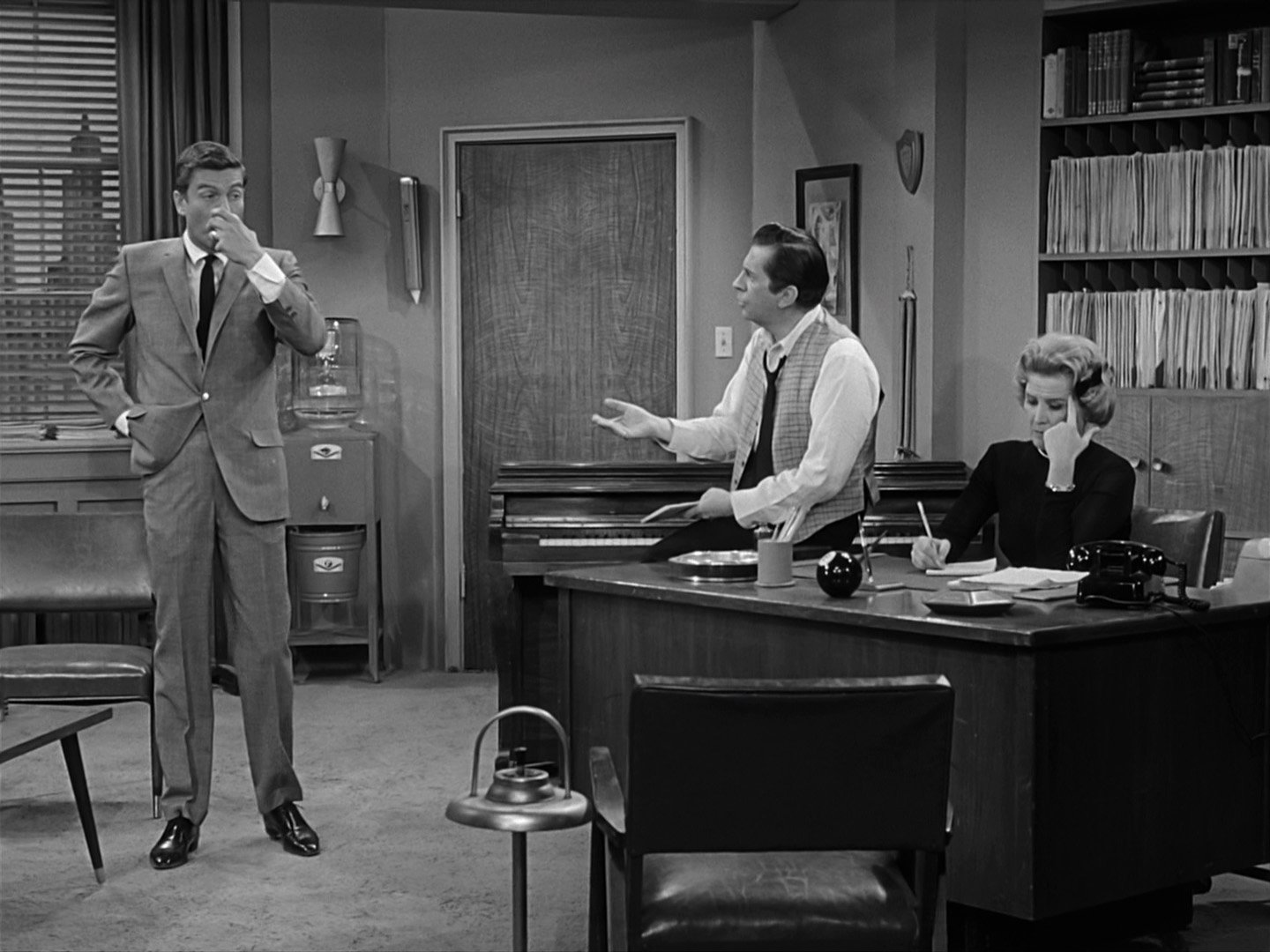
One of the most groundbreaking aspects of The Dick Van Dyke Show was its workplace setting. Rob Petrie’s office, where he brainstormed with coworkers Buddy Sorrell and Sally Rogers, was meticulously designed to resemble an actual writer’s room. The props and decor weren’t just for show; they were purposefully chosen to reflect the sophisticated, creative atmosphere of the fictional Alan Brady Show. The careful arrangement of desks, typewriters, and walls adorned with peculiar decor made the workplace a believable setting, adding a layer of authenticity that elevated the humor.
2. Artful Choices: Van Gogh Paintings in the Background
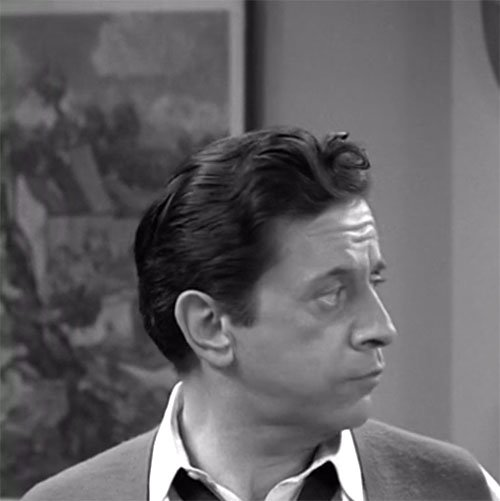
The office walls weren’t simply decorated with generic art. Behind Buddy Sorrell’s desk, eagle-eyed viewers might notice a Van Gogh painting — specifically, Häuser in Auvers (1890). Although it’s doubtful the show had the real masterpiece, which hangs in Boston’s Museum of Fine Arts, the choice spoke volumes about the writers’ tastes. Another Van Gogh, Fritillaires, couronne impériale dans un vase de cuivre (1887), also appears in an episode, subtly suggesting that the fictional writers had an eye for fine art amid their comic antics.
3. A “Mistake” on the Door: Early Misspelling of “The Alan Brady Show”
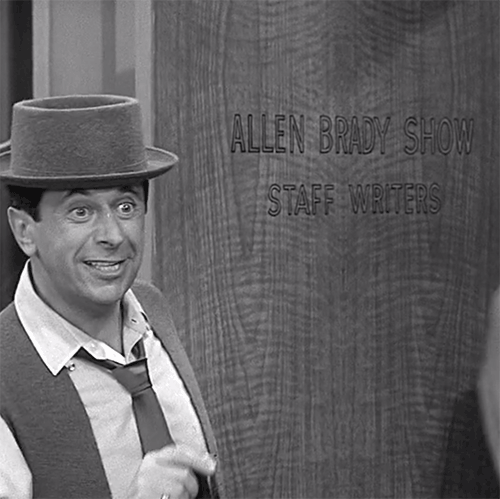
Mistakes can sometimes be the best easter eggs. In the second episode of the series, My Blonde-Haired Brunette, attentive viewers may notice a misspelling on the office door. Instead of reading The Alan Brady Show, the door says The Allen Brady Show. Whether this was an oversight or a purposeful quirk, the error was corrected in later episodes, adding an extra layer of interest for fans who spot it in reruns.
4. Carl Reiner’s Voice as the Water Cooler
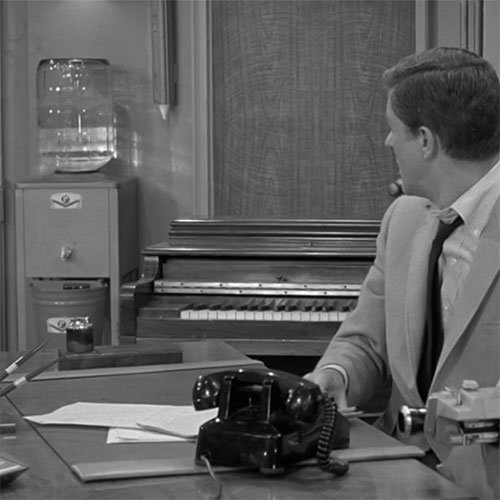
Carl Reiner, the show’s creator, made numerous contributions beyond writing and directing. In the episode Uhny Uftz, Reiner provided the sound effects for the office water cooler, bringing a humorous “glug” sound to life whenever Rob was working alone. This quirky detail is a testament to Reiner’s hands-on approach and dedication to comedic nuance, using even the most mundane office item to get a laugh.
5. Hidden Names with a Backstory on the Director
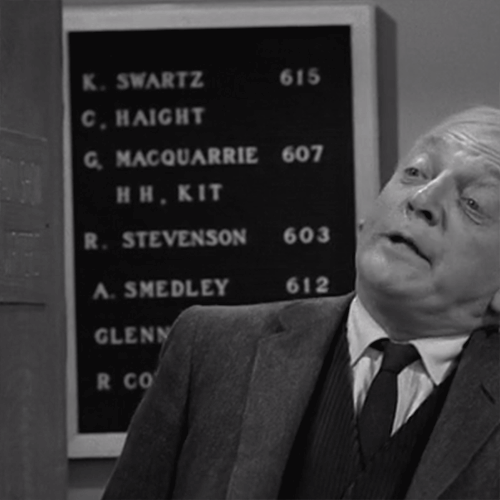
In the hallway outside Rob’s office, a directory lists several names with office suites. Among these is “A. Smedley,” a name that might seem random at first glance. However, it’s more than a simple prop; “Smedley” was often used in the U.S. Marine Corps as slang for an office gofer or assistant, hinting at insider humor. Various other names also appear throughout the series, including some names of crew members and property managers like Glenn Ross, giving an additional layer of fun for those who look closely.
6. Nostalgic Music Sheet: The Dairy Maids and a Nod to Broadway History
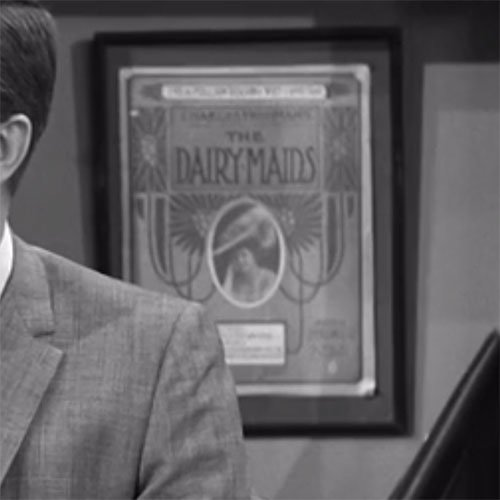
The office decor extends to the world of Broadway, with a music sheet for The Dairy Maids, a 1907 Broadway musical, framed in the background. Not just a random selection, this prop reflects a deep dive into musical history. Interestingly, the show’s producer Charles Frohman, also famous for his work on Peter Pan, was lost on the Lusitania after it was attacked by a German U-boat. The actress on the sheet, Julia Sanderson, went on to host a radio show called The Battle of the Sexes, adding an extra layer of historical richness to the set.
7. A Shifting Dartboard and Rob’s Left-Handed Aim
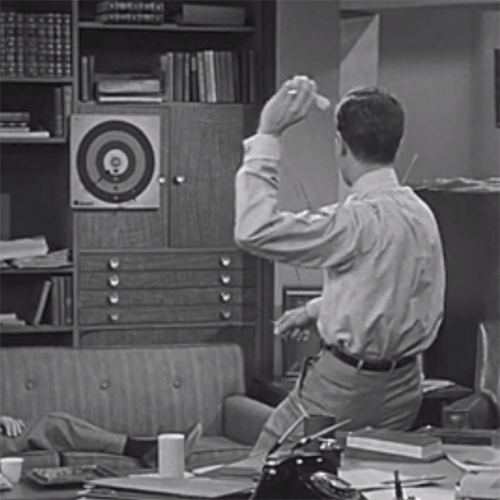
One of the recurring features in the office is the dartboard, a staple prop that reflects the casual, laid-back environment of a writer’s room. Early in the series, Rob’s left-handed aim is evident when he throws darts, demonstrating Van Dyke’s physical comedy skills. The dartboard itself evolved over the course of the show, upgrading to a more professional model in later episodes — yet another small but impactful detail that fans could notice.
8. The Magic 8-Ball: A Nod to Nostalgia
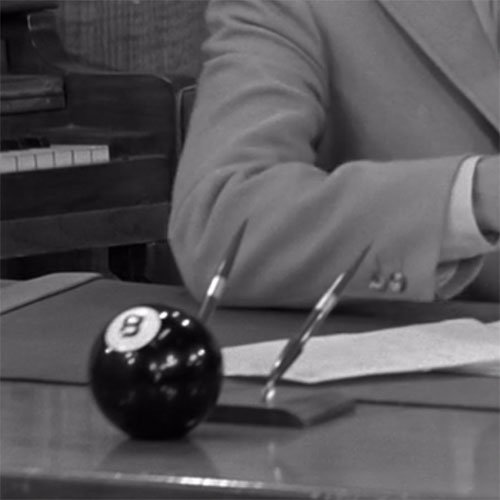
The Magic 8-Ball sitting on Rob’s desk may seem like a typical desk toy, but it was still relatively new at the time, having first been produced in 1950. This playful addition to the set was inspired by Chicago’s Brunswick Billiards and might even be a callback to the 1940 Three Stooges short You Nazty Spy!, where a billiard ball was used as a fortune-telling device. The Magic 8-Ball has since become a cultural icon, but back then, it was a subtle indicator of Rob’s playful nature.
9. The Iconic Portrait of Enrico Caruso
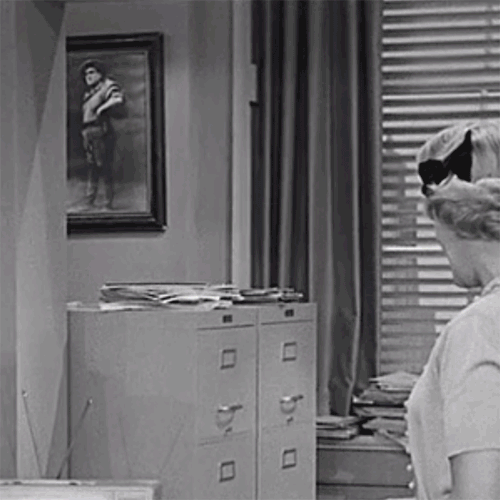
Above the filing cabinets, a portrait of legendary tenor Enrico Caruso is visible, adding a touch of high culture to the otherwise hectic office environment. While some might mistake it for an image of a matador, it’s actually Caruso in costume for a production of The Girl of the Golden West. This unexpected decor detail aligns with the writers’ sophisticated tastes and reflects the eclectic nature of the fictional writers’ room.
10. Encyclopedia Britannica: A Pre-Internet Knowledge Trove
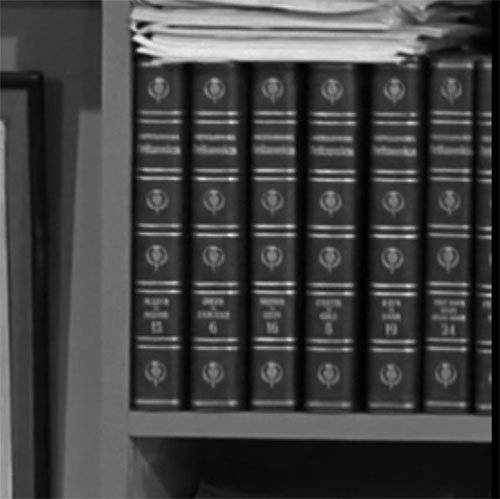
For younger viewers, Rob’s leather-bound set of Encyclopedia Britannica might seem like an old-fashioned curiosity. But for those in the pre-internet era, it was a prized source of knowledge. Positioned behind Rob’s desk, these volumes weren’t merely props; they symbolized the importance of information and research to the writers. In a way, these books also represented the diligent nature of Rob’s character, always ready to learn and explore new ideas.
Conclusion: The Thoughtful Details Behind The Dick Van Dyke Show
The charm and lasting appeal of The Dick Van Dyke Show come down to its attention to detail and dedication to creating a realistic and relatable world. From its sophisticated art choices to the meaningful props and hidden references, every element of the show was carefully crafted to enhance its humor and authenticity. These subtle touches not only deepened the storyline but also made the show an enduring classic, still beloved by audiences today.
Each time you watch an episode, you might discover something new. And as The Dick Van Dyke Show proves, sometimes the magic of television lies in the smallest details.
